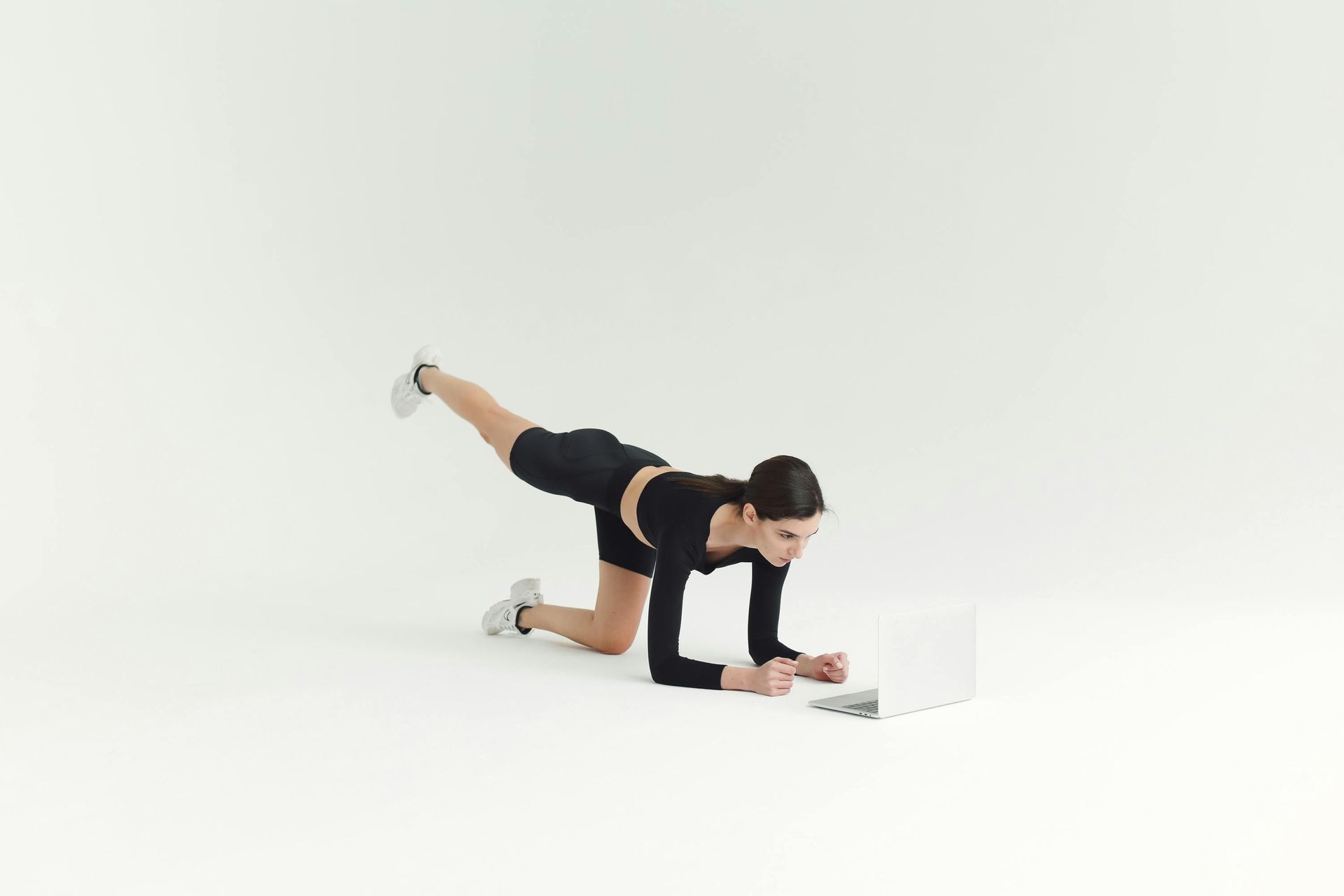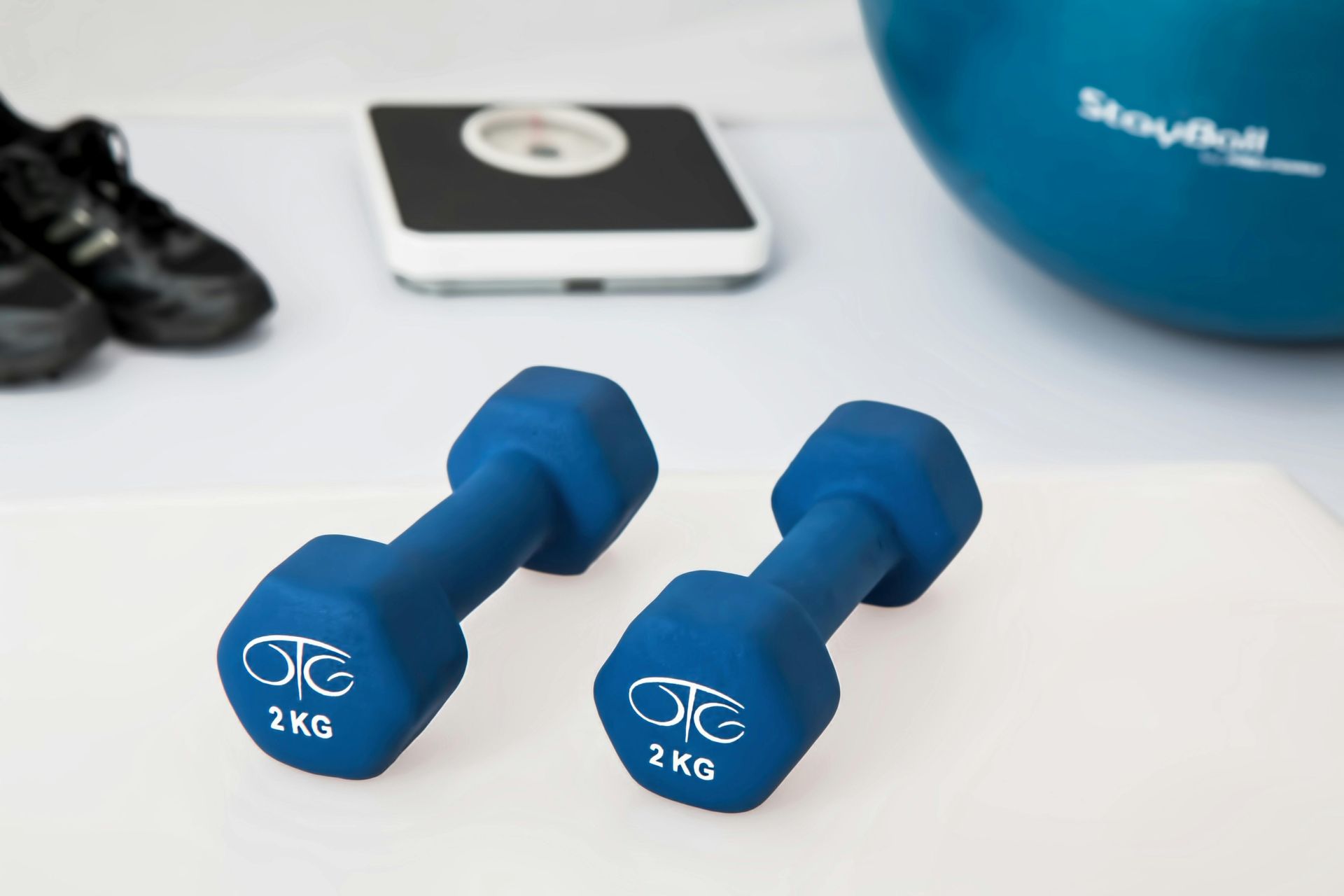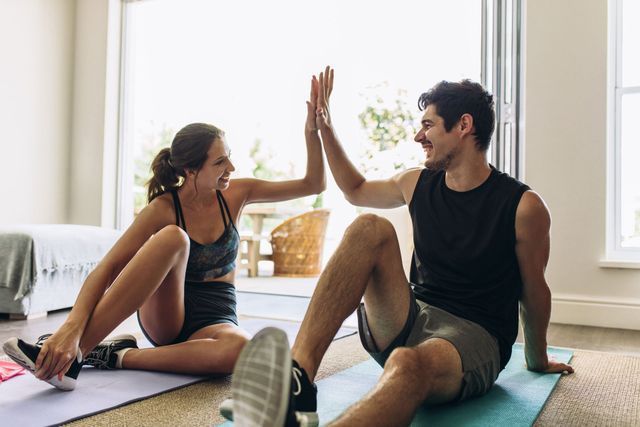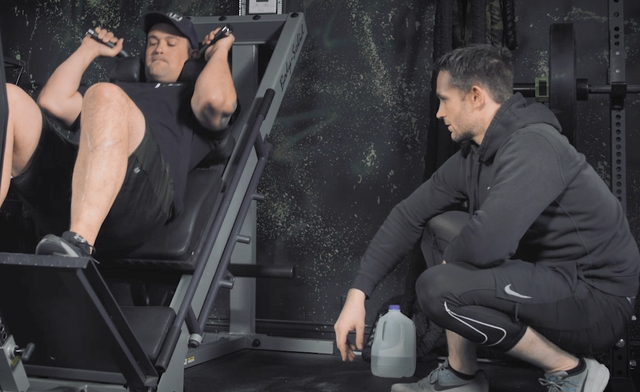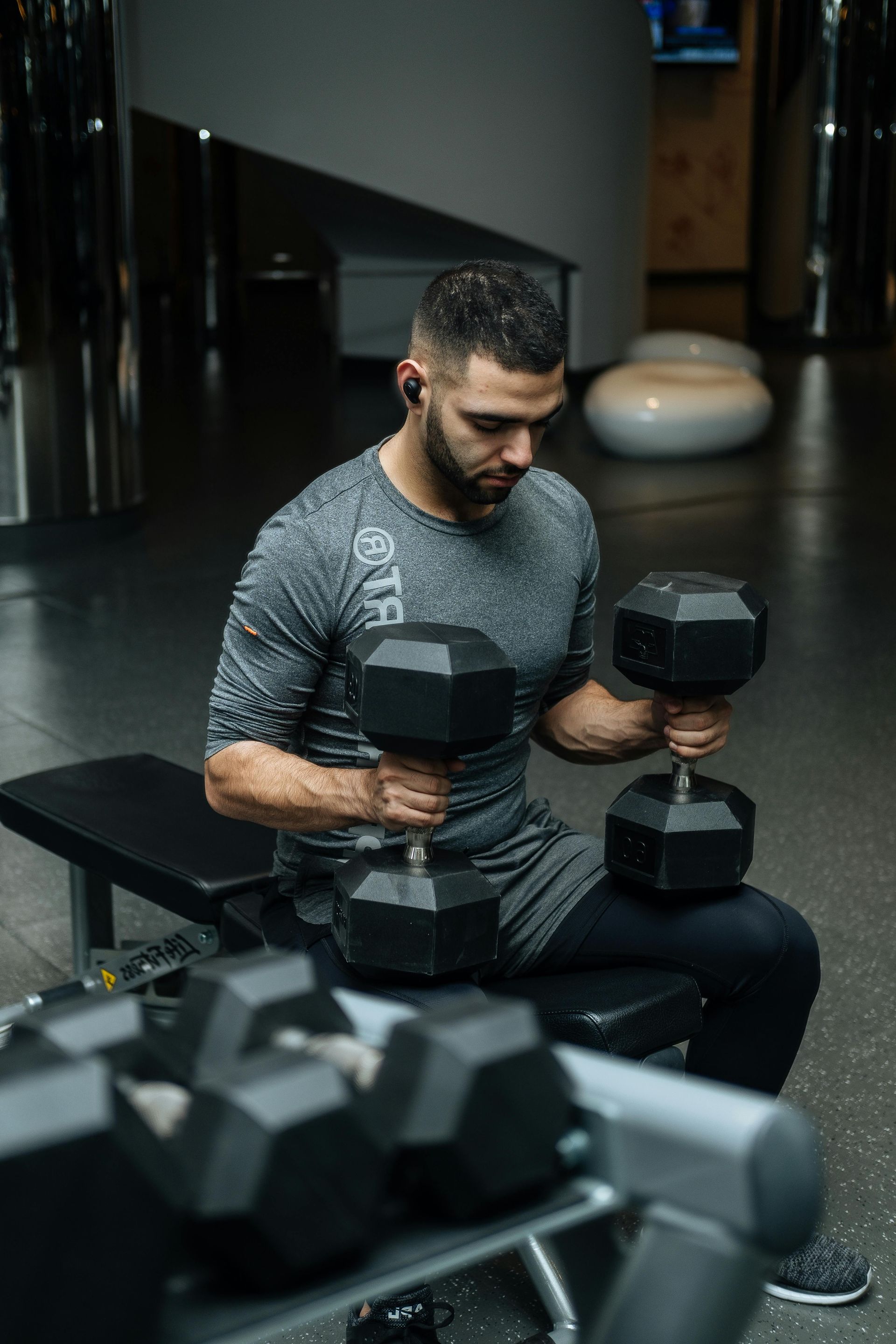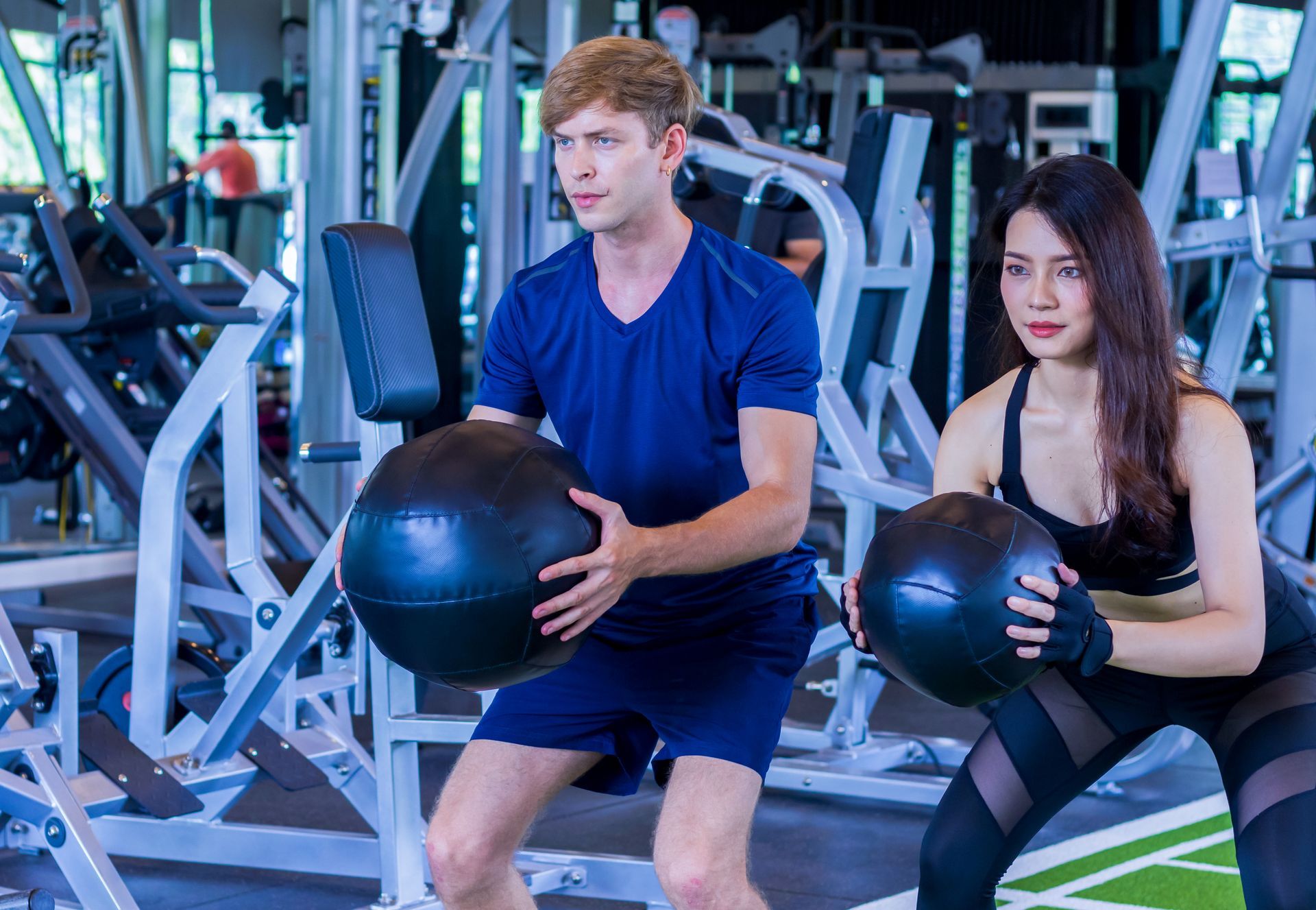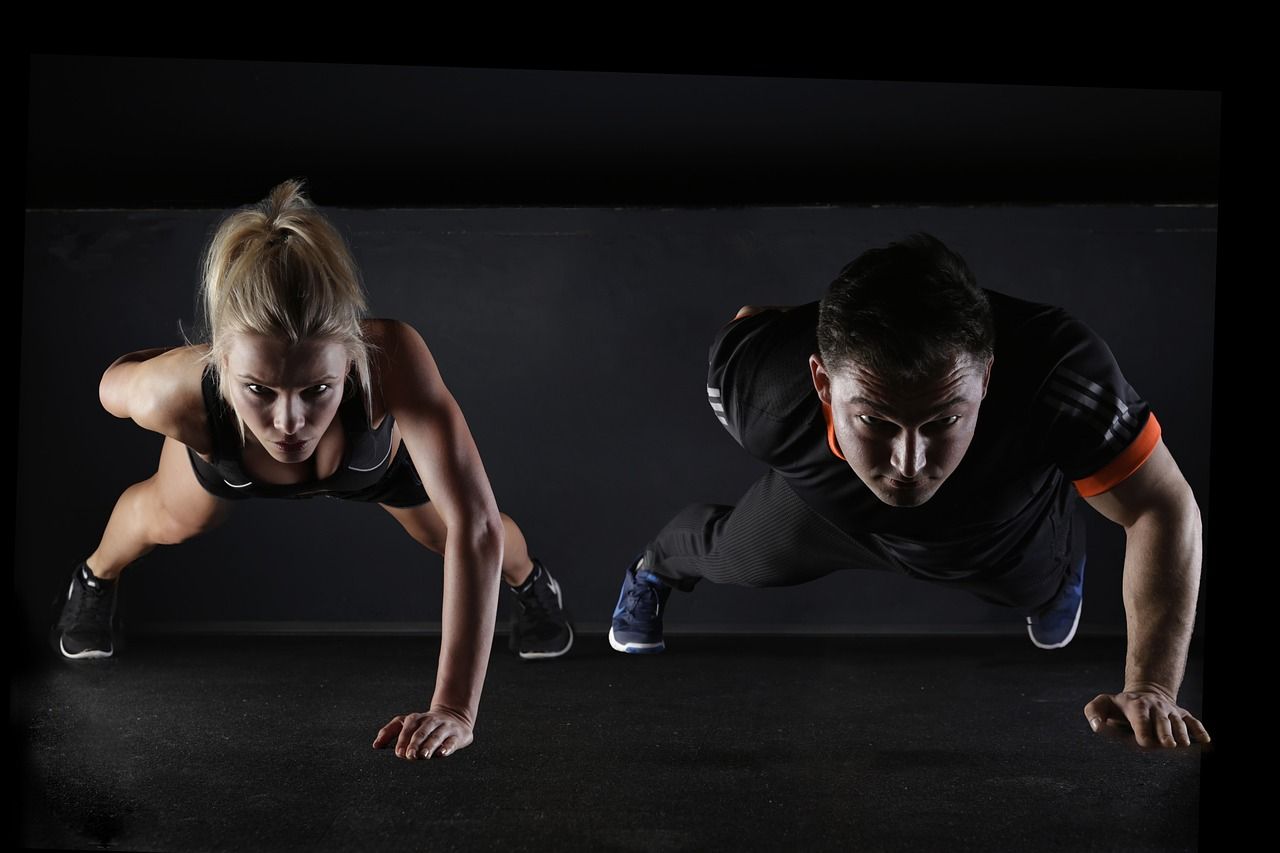Unlock Your Home Fitness Potential: Tailoring Workouts for Every Level with Relentless Fitness MKE
In the ever-evolving landscape of fitness, adapting your workout routine is crucial, especially when transitioning to a home environment. Whether you're just starting your fitness journey or a seasoned athlete, finding the right balance of challenge and progress at home can be intimidating. However, with the right guidance for at-home fitness training, you can unlock the full potential of your home workouts. In this comprehensive guide, we'll delve into the strategies and techniques offered by Relentless Fitness MKE to tailor your workouts for different fitness levels, ensuring you reach your goals from the comfort of your own home.
Understanding Different Fitness Levels:
Before diving into the specifics, it's essential to understand the spectrum of fitness levels:
- Beginner: Individuals new to exercise or returning after a long hiatus.
- Intermediate: Those with some fitness experience and moderate strength and endurance.
- Advanced: Athletes with significant experience, high levels of strength, and endurance.
Adapting Workouts for Different Levels:
Tailoring your workouts to your fitness level is key to achieving success and avoiding injury.
Here's how Relentless Fitness MKE suggests adapting:
Beginner Workouts:
- Focus on foundational movements: squats, lunges, push-ups, and planks.
- Start with bodyweight exercises to build strength and stability.
- Incorporate rest intervals between sets to prevent fatigue and maintain form.
Intermediate Workouts:
- Introduce resistance: incorporate bands, dumbbells, or household items like water bottles or backpacks filled with books.
- Increase intensity with circuit training: alternate between strength and cardio exercises to keep the heart rate up.
- Experiment with different workout formats such as AMRAP (As Many Rounds As Possible) or EMOM (Every Minute on the Minute).
Advanced Workouts:
- Embrace complexity: incorporate advanced movements like plyometrics, Olympic lifts, and gymnastics-inspired exercises.
- Utilize progressive overload: gradually increase weight, reps, or intensity to continue challenging the body and promoting growth.
- Incorporate periodization: vary your training volume and intensity to prevent plateaus and optimize performance.
Maximizing Results with Household Items:
One of the advantages of home workouts is the versatility of household items. Here are some creative ways to use everyday objects:
- Chair: Use for tricep dips, step-ups, or elevated push-ups.
- Towel: Slide under feet for slider exercises like mountain climbers or hamstring curls.
- Water Bottles: Substitute for dumbbells in exercises like bicep curls, lateral raises, or overhead presses.
- Backpack:
Fill with books or other weighted items for added resistance in squats, lunges, or rows.
Conclusion:
Adapting your workout routine for different fitness levels at home is not only achievable but also empowering. By understanding your current fitness level and utilizing the resources at your disposal, you can design effective and engaging workouts that cater to your specific needs and goals. With the guidance and support of Relentless Fitness MKE, you can embark on a journey of relentless progress and transformation, right from the comfort of your own home.
Frequently Asked Questions (FAQs):
How often should I work out at home?
Aim for a minimum of three days per week, allowing for rest days in between to promote recovery and prevent overtraining.
I don't have much space at home. Can I still have effective workouts?
Absolutely! You can achieve effective workouts in small spaces by focusing on bodyweight exercises and utilizing versatile equipment like resistance bands or adjustable dumbbells.
What if I don't have much time for workouts?
Even short, high-intensity workouts can yield significant results. Consider incorporating HIIT (High-Intensity Interval Training) sessions that can be completed in as little as 15-20 minutes.
How do I stay motivated when working out at home?
Set specific, achievable goals, and track your progress to stay motivated. Additionally, consider joining online fitness communities or working with a virtual personal trainer for accountability and support.
I'm recovering from an injury. Can I still do home workouts?
It's crucial to consult with a healthcare professional before starting any exercise program, especially if you're recovering from an injury. Once cleared, focus on low-impact exercises and modifications to avoid exacerbating the injury while still maintaining fitness levels.

